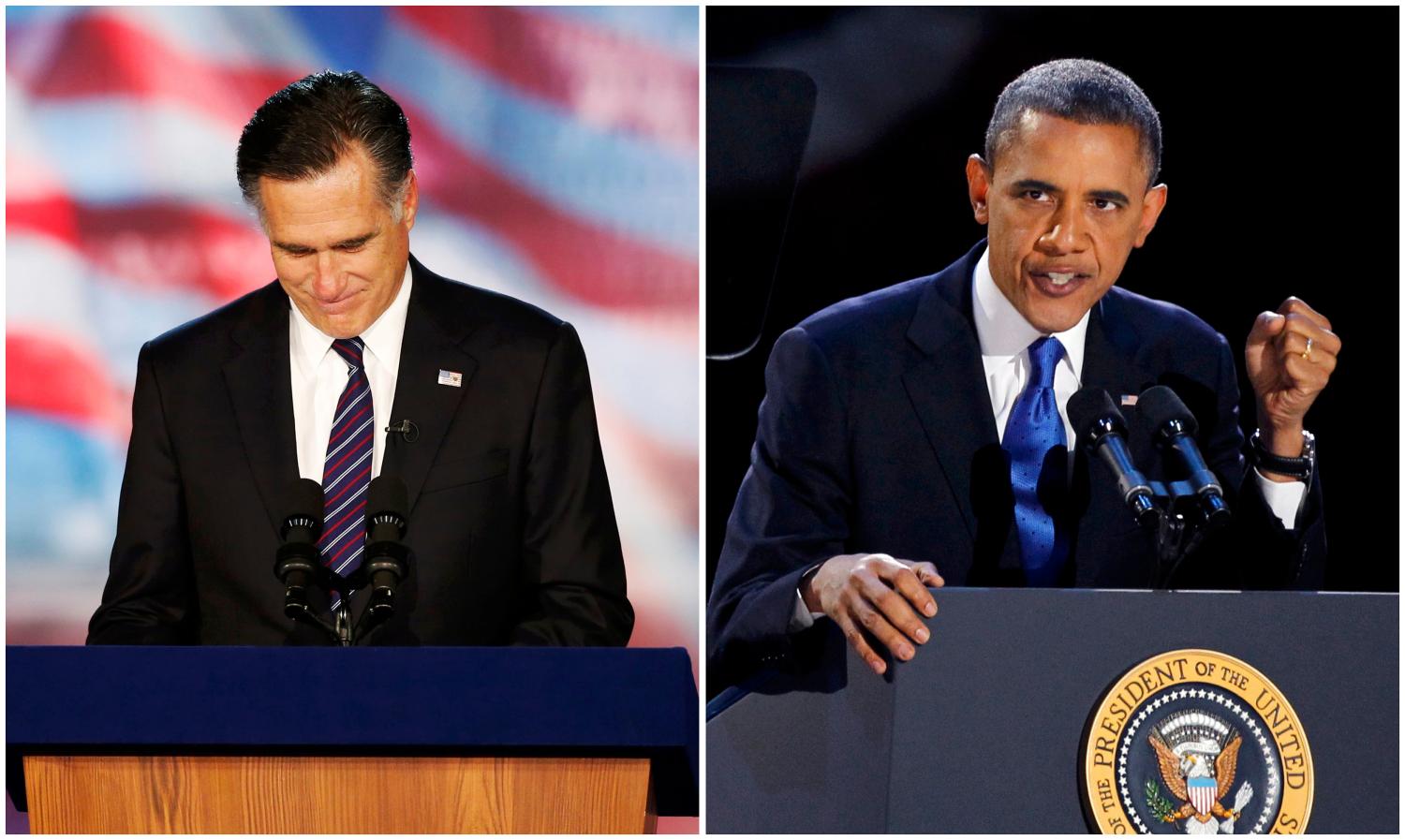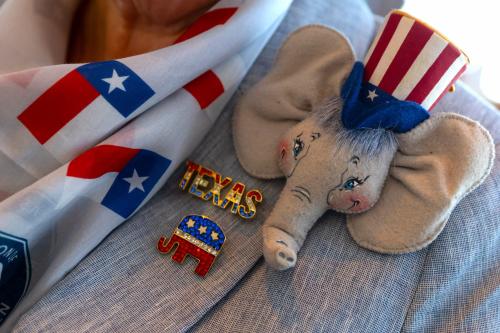William Galston analyzes the political backdrop against which the 2012 general campaign was waged, offering fuller context into voter attitudes, the composition of the winning coalition, and the events, economic realities, policy and ideological issues that shaped the election and President Obama’s eventual victory.
On November 6, 2012, Barack Obama concluded his reelection campaign with a somewhat more comfortable margin than many had been predicting even a week earlier, Galston observes. So, what happened and what does the 2012 election mean in a broader political and historical context?
Galston asserts that what transpired between Labor Day of 2011 and Election Day in 2012 was one of the more noteworthy political comebacks in recent American history. In isolation, Galston argues, the modest improvement in unemployment might not have sufficed to ensure an Obama reelection. Instead, the president and his senior political advisors planned and executed one of the best-run reelection campaigns ever, writes Galston. They decided on a theme—fairness—and a strategy—using policies and events to mobilize key constituencies. And they waged a near-flawless tactical battle, including the decision to spend the summer—and much of their war-chest—characterizing Mitt Romney as a heartless plutocrat. Through the fall, economic optimism rose, as did the enthusiasm of the president’s core supporters.
The paper’s other highlights include:
- Data analysis of the 2012 electorate, final vote tallies, vote share by candidate and trends in the 2012 swing states, including a section devoted to what transpired in Ohio.
- Examination into demographic and attitudinal changes that paved the way for an Obama reelection, including the rise of voter engagement and mobilization of women, Latino, African American and millennial voters.
- Discussion of how these structural changes in the American electorate, while important to the outcome, can be over-emphasized when interpreting the 2012 election.
- Analysis into how this election did little, if anything, to decrease political dysfunction and polarization in Washington, an unfortunate trend that continues to threaten U.S. governance.



